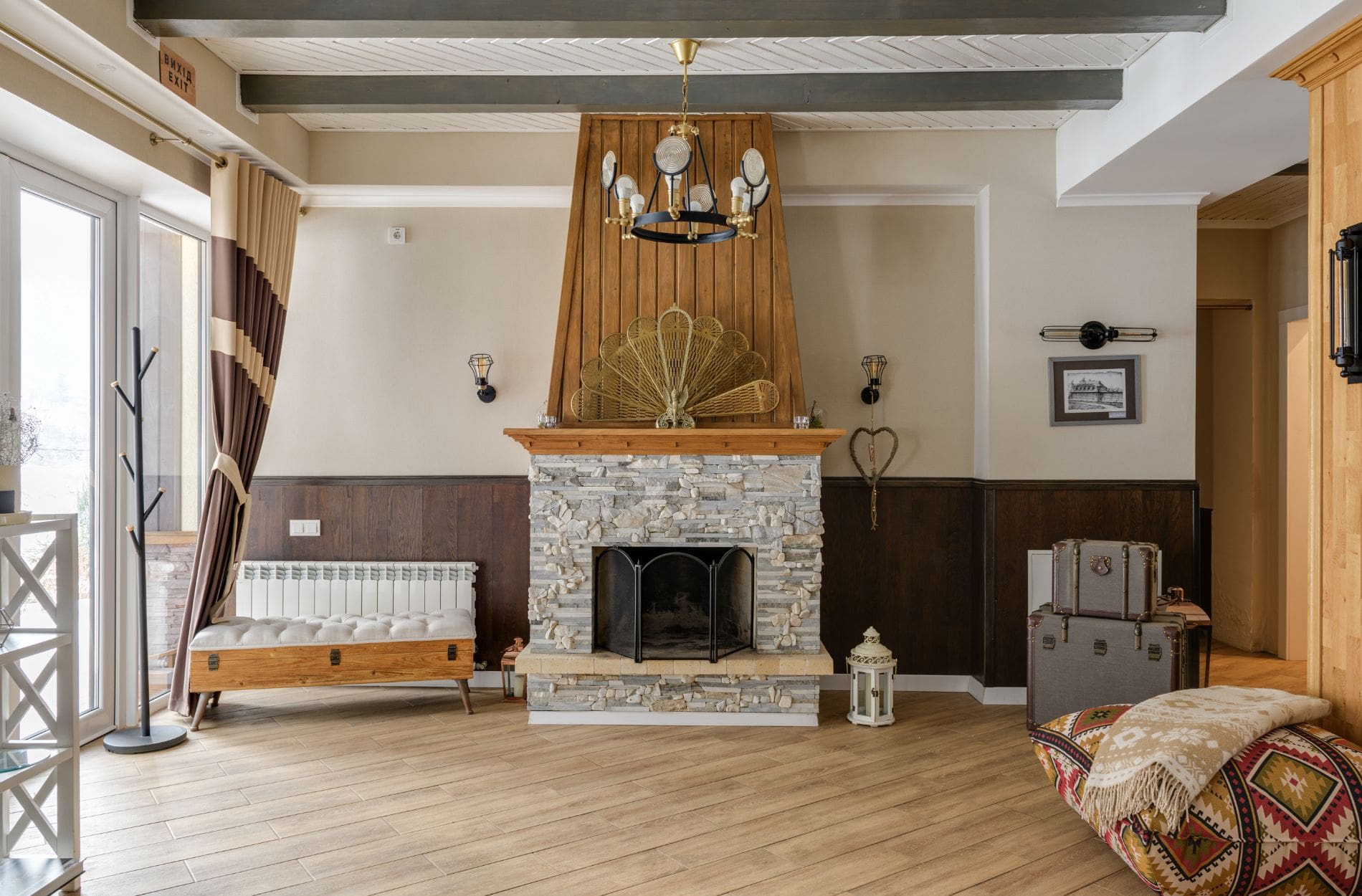How to Identify Problems In Brick Structures

Are you looking to learn how to identify problems in brick structures? Brick structures have been a popular choice for construction due to their durability, aesthetics, and timeless appeal.
However, over time, these structures may develop problems that require attention and timely repairs. In this article, we will provide the following:
- An in-depth analysis of how to identify problems in brick structures.
- Explaining the causes
- Signs
- Potential solutions for each case
By understanding these aspects, you will be better equipped to assess and address any problems in brick structures.
Common Problems Found in Brick Structures:
Brick structures can encounter several issues; awareness of these problems is crucial for proper maintenance.
Here, we will discuss some of the most common problems found in brick structures:
Efflorescence
Efflorescence refers to the white powdery substance that appears on the surface of bricks. It occurs when soluble salts in the bricks are dissolved by water and deposited on the surface as the water evaporates.
Efflorescence is not a structural problem but can affect the aesthetic appeal of the brickwork.
Spalling
Spalling is a phenomenon where the surface of bricks starts to flake off or peel away. It is often caused by:
- Water penetration
- Freeze-thaw cycles
- Poor-quality bricks
Spalling can weaken the overall integrity of the brick structure and should be addressed promptly.
Mortar Decay
Mortar decay is a common issue in brick structures, especially older ones.
Over time, mortar can deteriorate due to weathering, moisture, and age. This decay can weaken the bond between bricks, leading to structural instability.
Cracks
Brick structural cracks can occur for various reasons, such as settlement, thermal expansion, excessive load, or foundation issues.
Identifying the type and cause of cracks is crucial in determining the severity of the problem and implementing appropriate repairs.
5 Signs of Brick Structure Problems
Now that we are familiar with some common brick structure problems, let’s delve into the signs that indicate the presence of these issues:
- Visible Cracks: Inspect the brickwork for visible horizontal and vertical cracks. Cracks that are wider than 1/8 inch or show signs of displacement could indicate structural problems.
- Loose Bricks: Check for loose or dislodged bricks. Gently tap the bricks with a mallet to identify any hollow sounds, indicating poor mortar adhesion or decay.
- Dampness or Water Stains: Moisture-related problems, such as efflorescence or water stains, are often signs of underlying issues like water infiltration or poor drainage. Look for discoloration, peeling paint, or damp patches on interior or exterior walls.
- Bulging or Leaning Walls: Brick walls that appear bulging or leaning may indicate foundation problems or structural instability. Use a level to check for any deviations from the vertical alignment.
- Crumbling Mortar Joints: Examine the mortar joints between the bricks. If the mortar appears crumbly, powdery, or easily removable, it suggests mortar decay and the need for repairs.
How to Identify Problems In Brick Structures In 6 Steps
Knowing how to identify problems in brick structures requires a systematic approach. Here is a step-by-step guide to help you identify and assess potential issues:
Step 1: Visual Inspection
Conduct a thorough visual inspection of the entire brick structure from the exterior and interior.
Look for the signs mentioned earlier, paying close attention to areas near windows, doors, and corners.
Step 2: Check for Structural Movement
Assess the alignment and plumbness of the brick walls.
Look for any signs of bulging, leaning, or unevenness that may indicate structural movement or foundation issues.
Step 3: Test the Soundness of the Bricks
To assess the condition of the bricks, gently tap them with a mallet or a solid object.
A hollow sound indicates a loose or damaged brick that needs attention.
Step 4: Analyze Mortar Joints
Examine the mortar joints carefully. The mortar should be solid and intact.
Suppose you can easily scrape the mortar out with a tool. In that case, it indicates decay and the need for repointing or reapplication.
Step 5: Evaluate Cracks
Different types of cracks require different levels of attention. Hairline cracks are usually not a cause for immediate concern, but wider cracks or those that show signs of displacement may indicate structural problems and should be examined by a professional.
Step 6: Check for Water Damage
Look for signs of water damage, such as staining, dampness, or mold growth. These indicate water infiltration, which can lead to further deterioration if left unaddressed.
Solutions and Maintenance Tips For Brick Structures
To ensure brick structures’ longevity and structural integrity, implement appropriate solutions and follow proper maintenance practices.
Here are some effective strategies:
Addressing Efflorescence
Efflorescence can be eliminated by employing a stiff brush and water to scrub the affected areas. A mild acid solution or commercial efflorescence cleaner may be necessary if the issue persists.
It is also vital to improve drainage and consider applying a water-repellent coating to prevent future occurrences.
Resolving Spalling
When dealing with spalling, damaged bricks should be replaced with new ones.
It is crucial to address the underlying cause, such as improving drainage or applying a surface sealant, to prevent further spalling and maintain the structural integrity of the brickwork.
Tackling Mortar Decay
Mortar decay can be rectified through a process known as repointing. This involves the removal of deteriorated mortar and replacing it with fresh mortar.
To ensure durable and accurate repointing, seek the assistance of a professional mason.
Dealing with Cracks
The appropriate solution for cracks depends on their severity and underlying cause. Hairline cracks can typically be resolved by applying a flexible sealant.
In contrast, more significant cracks may necessitate structural reinforcement or foundation repairs. Consulting a qualified contractor or structural engineer will ensure a proper assessment and a suitable solution.
Prioritizing Preventative Maintenance
Regular maintenance plays a vital role in preserving brick structures. Conduct routine inspections to identify signs of damage or deterioration.
Keep the surface clean and debris-free, as accumulated dirt promotes moisture retention and accelerates decay.
Implement proper drainage measures to prevent water-related problems. Applying a water-repellent coating can also provide additional protection against moisture infiltration.
Conclusion
Identifying problems in brick structures is crucial for their maintenance and longevity. By understanding the common issues, recognizing the signs, and following the steps outlined in this article, you can effectively identify and address problems in your brick structure.
Remember to consult professionals and prioritize regular maintenance to ensure your brickwork’s structural integrity and aesthetic appeal.
Thank you for reading this comprehensive analysis of identifying problems in brick structures. I hope this article has provided you with valuable insights and guidance.





